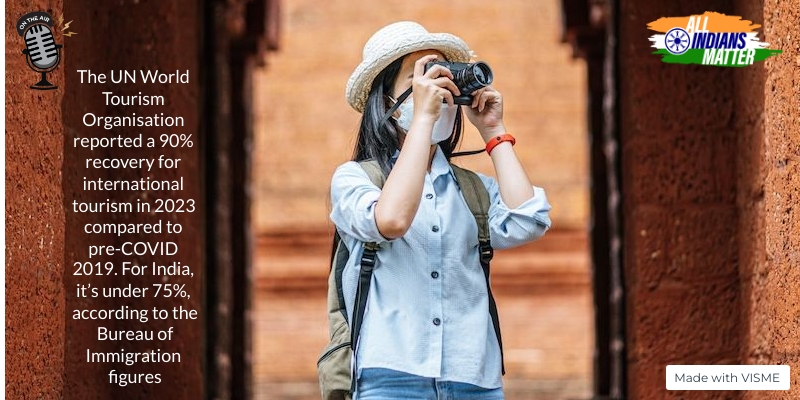Tushar Gandhi
May 21, 2021
Not surprisingly, the Punjab government’s decision to carve out a separate Malerkotla district has upset Uttar Pradesh Chief Minister Yogi Adityanath. The reason is obvious: Muslims make up the majority in Malerkotla. It’s enough to cause a bellyache to those who want to turn India into a Hindu Rashtra.
Malerkotla has a unique history – even when Punjab burned after its bisection because of Partition, it was an oasis of communal amity. And, like everything else at the time, there was a connection with Mahatma Gandhi, or Bapu.
On the evening of January 17, 1948, the Nawab of Malerkotla, Iftikhar Ali Khan, visited Birla House in New Delhi to meet Bapu, who was fasting to douse the inferno of hate consuming the land. It was the fourth day of his fast and he was sinking rapidly. But even then he stuck to a daily routine – albeit from his charpoy. A hastily assembled peace committee under the chairmanship of Babu Rajendra Prasad was meeting elsewhere to hammer out a peace pledge that had to be signed and implemented as a precondition for Bapu to break his fast.
I detail this day in my book Let’s Kill Gandhi!, an updated and edited version of which is in print and will be available soon. “In Delhi, Hindu and Sikh refugees met Gandhi, followed by Nehru, who implored him to give up his fast since the situation in the capital was rapidly improving. Gandhi told them not to be in too great a hurry. ‘Whatever you do should ring true. I want solid work.’”
The flame of hope in a sea of darkness
That day, Gandhi received a telegram from Karachi. Muslim refugees, driven out of Delhi, wanted to know if they could return and reoccupy their homes. “This is the test,” Gandhi said on reading the telegram. His representatives fanned out with copies of it to every Hindu and Sikh refugee camp and explained what they had to do for Gandhi to end his fast.
By evening, 10,000 refugees had signed a declaration that they would welcome the Muslims even if they had to suffer Delhi’s biting-cold winter in ill-equipped refugee camps themselves. They assured Gandhi that they would work towards communal harmony and pleaded with him to end his fast to save India from the sin of fratricide.
Their hope was strengthened when the Delhi administration announced that, within a week, every non-Muslim refugee in Delhi would be provided with shelter. Nehru and some of his Cabinet colleagues threw open the gates of their official bungalows to them. Gandhi suggested that the palatial bungalows vacated by the British, and later occupied by Union ministers and bureaucrats, be used to house refugees and that Government House, the former Viceroy’s palace, be converted into a hospital for refugees.
The Maharaja of Patiala assured Gandhi that all the Sikh leaders of Delhi had given him their word that they would spread the message of communal harmony. Patiala had witnessed some of the worst atrocities committed on Muslims, but the Maharaja claimed innocence.
The Nawab of Malerkotla told Gandhi how, when Muslim refugees had threatened local Sikhs, he had warned that for every Sikh killed he would shoot 10 Muslims. “Not a single incident occurred after that,” he said.
One of his ancestors had courageously defied the Mughal emperor Aurangzeb when he declared his intention to kill the sons of Guru Gobind Singh. Since then, Sikhs have always given asylum to Muslims from Malerkotla and vice versa. The Nawab said that, during the post-Partition riots, Malerkotla was a sanctuary for Sikhs and Hindus. Similarly, when Muslims travelling anywhere through Punjab during the troubled times declared that they were from Malerkotla, they were protected by Sikhs. When Gandhi heard this, he said: “So, my dream for India has come true in Malerkotla!”
Through the pages of history
To understand why Malerkotla remained peaceful in a region gone mad with bloodlust, you must read its remarkable history.
The principality of Malerkotla was established in 1657 by Bayazid Khan, a descendant of the Sufi saint Sheikh Sadruddin-i-Jahan. In 1454, Sultan Bahlul Lodhi had granted the jagir of Malerkotla to the pir – a pious man from Afghanistan’s Sherwani tribe – along with the hand of his daughter. Later, during the Mughal reign, the sheikh’s descendants were granted the title of Nawab.
It is said that Bayazid Khan saved Aurangzeb’s life when a tiger attacked the emperor. In return, Aurangzeb granted Bayazid Khan the right to build a fort. He named it Malerkotla, from which the riyasat got its name.
The Sikh-Muslim amity can be traced back to 1705. Sahibzada Fateh Singh and Sahibzada Zorawar Singh, the 7- and 9-year-old sons of the 10th Sikh Guru, Gobind Singh, were ordered to be bricked alive by the governor of Sirhind, Wazir Khan. Nawab Sher Mohammad Khan of Malerkotla, also the governor’s close relative, was present in court and vehemently objected to this barbaric act. He condemned it as being against the tenets of Islam. But Wazir Khan did not relent and, after brutally torturing the children, had them bricked alive.
When his efforts to save the two Sahibzadas failed, Sher Mohammad Khan walked out of the governor’s darbar in disgust.
When Guru Gobind Singh learned of this, he thanked the Nawab and blessed the state of Malerkotla with his hukumnama and kirpan.
Since then, Muslims and Sikhs of Malerkotla have shared a close bond.
This legacy endured even during the vicious period of Partition. Not a single incident of hate or killing was reported from Malerkotla. In those terrible, barbaric days, Malerkotla shone like a jewel of harmony. No wonder communal bigots detest Malerkotla and its history of religious friendship.
Today, as India is once again being infused with communal venom, we must remember the history of Malerkotla and in turn Malerkotla must again become a place where Bapu had said his dream for India had come true.
Tushar Gandhi, great grandson of the Mahatma, is an activist, author and president of the Mahatma Gandhi Foundation. Reach him here: gandhitushar.a@gmail.com.






